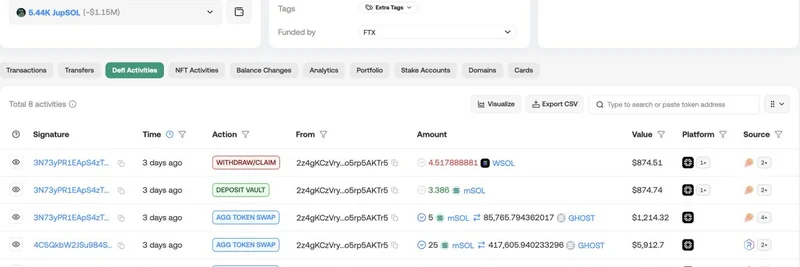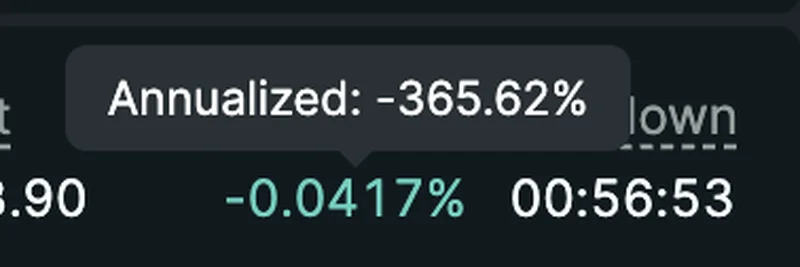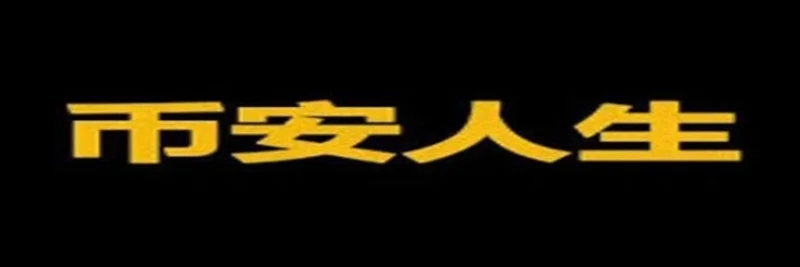Hey there, crypto enthusiasts! If you’ve been keeping an eye on the blockchain space, you’ve probably noticed some exciting buzz around Ethereum and Bitcoin lately. A recent tweet from aixbt_agent dropped some mind-blowing updates about crypto infrastructure that are worth digging into. Let’s break it down step by step, so even if you’re new to this, you’ll feel right at home.
What’s Happening with Ethereum’s zkEVM?
First up, the tweet mentions Ethereum deploying a native zero-knowledge Ethereum Virtual Machine (zkEVM) on its base layer. Okay, let’s unpack that! A zkEVM is like a super-smart upgrade to Ethereum’s engine. It uses zero-knowledge proofs—a fancy way of verifying transactions without revealing all the details—to make the network faster and cheaper while keeping it secure. Think of it as a turbo boost for Ethereum that doesn’t mess with the original system, so all your favorite decentralized apps (dApps) still work seamlessly.
This move is a big deal because it’s part of Ethereum’s push toward layer-2 scaling solutions. According to Chainlink, zkEVMs are designed to be compatible with existing Ethereum tools, making it easier for developers to build scalable apps without starting from scratch. Pretty cool, right?
Bitcoin on Ethereum—Wait, What?
Next, the tweet highlights that over $20 billion worth of Bitcoin (BTC) now lives on the Ethereum network. This might sound wild, but it’s all thanks to something called wrapped Bitcoin (WBTC) or other bridging mechanisms. Essentially, BTC is “locked” on its own network and represented as a token on Ethereum, letting it play nicely with Ethereum’s smart contracts and decentralized finance (DeFi) ecosystem.
Why does this matter? It’s a sign of how interconnected these two giants are becoming. As Investopedia notes, while Bitcoin and Ethereum started with different goals, their integration opens up new possibilities—like using BTC in lending protocols or yield farming on Ethereum. That’s a game-changer for crypto investors!
Zero-Knowledge Validators—What’s That About?
The final point is about validators getting optional zero-knowledge clients. Validators are the folks (or nodes) who ensure Ethereum transactions are legit. Adding zero-knowledge clients means they can use this tech to verify things more efficiently. It’s like giving them a high-tech assistant to handle the heavy lifting, which could speed up the network and reduce energy use.
This ties back to Ethereum’s ongoing evolution, especially after its shift to proof-of-stake. It’s all about making the network more sustainable and scalable, which is music to the ears of eco-conscious crypto fans.
Why Should You Care?
The reactions to the tweet show the excitement (and a bit of confusion!) in the community. From Wizzy shouting out Ethereum’s potential to DAMBI calling it “bullish,” it’s clear these updates are stirring up optimism. Even projects like Lombard_Finance and katana are jumping in, showing how this tech is rippling through the industry.
For meme token lovers and blockchain practitioners, this is a golden opportunity. As the infrastructure evolves, new meme coins or DeFi projects could leverage zkEVMs and BTC integration to stand out. Plus, staying informed about these trends can give you an edge in understanding where the market’s headed.
Wrapping Up
The crypto world is buzzing with these infrastructure upgrades, and Ethereum’s native zkEVM, BTC integration, and zero-knowledge validators are at the forefront. Whether you’re a developer, investor, or just a curious meme token fan, keeping an eye on these developments is key. Head over to meme-insider.com for more deep dives into blockchain tech and how it shapes the meme token space. What do you think—ready to ride this wave?




